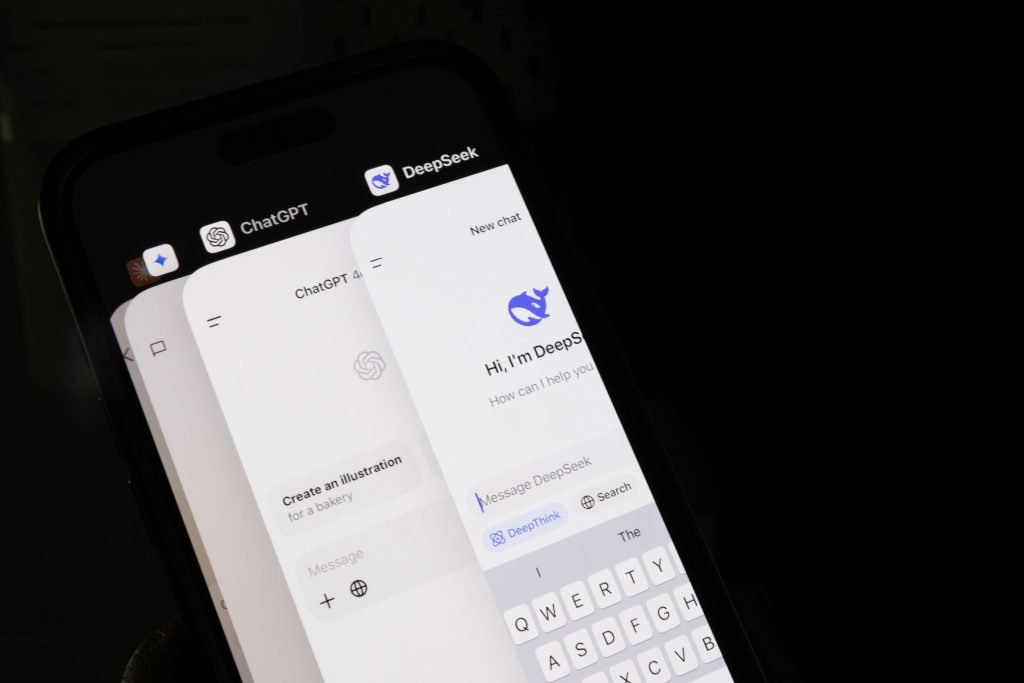- First smartphone-to-satellite video call made.
- No advanced phone hardware required.
- Step towards under-served regions getting better communication networks.
Users of smartphones in areas where there is no network access may have cause for optimism, after the news that Vodafone claims to have made the world’s first video call via the satellite network.
The call was made from an area in the UK with no network coverage to the company’s CEO, Margherita Della Valie.
According to a report from Reuters, Vodafone used AST SpaceMobile’s BlueBird satellites positioned in low Earth orbits to allow the transfer of up to 120 megabits of data per second; enough, in the test, to carry a videophone conversation, like that in common apps like Apple’s FaceTime, Google Meet or Microsoft Teams. In an interview with the news agency, Della Vaile said, “You get everything form voice to text to video data transmission […]. Our objective is to bring the service to our customers as soon as possible.”
The UK-based telco giant aims to launch the technology to its European customers late 2025 through into 2026, connecting rural, mountainous, and less populous areas in the UK and on the mainland continent to the mobile network.
The technology relies on the carrier having a gateway on the ground that receives signals from the satellite network. Message packets are then transferred to the traditional cellular network. Vodafone’s success was notable due to the high volume of data that was transmitted and received concurrently.
Smartphone to satellite for all?
Unlike instances of similar technology such as that found in some Apple handsets, Vodafone claims that the communications capability will work from a standard smartphone, and requires no specialist hardware in the remote area.
There is fierce competition between mobile operators to be first to market with satellite services, each keen to fill the gap in conventional, land-based mobile coverage. At present, smartphone to satellite communication is possible, but traffic bandwidth is highly limited and only handsets with specific, satellite-capable modems can use the facility.
Apple’s iPhone models 14 and later, for instance, offer the ability to send texts in emergencies, provide geolocation data, and send limited data to selected numbers. Later models of phones by Google and Samsung offer similar features.
In the US, T-Mobile and SpaceX are racing to develop technologies similar to that showcased by Vodafone in the UK.
However, Chinese scientists announced the Tiantong project in 2024, which uses the three Tiantong-1 satellites in geosynchronous orbits over Asia. Technology on these satellites combats signal degradation to the extent that they can send and receive signals from smartphones on the ground.
The simpler smartphone future
It is worth noting that the bandwidth available to end-users of any future implementation will almost definitely not be the 120 megabits per second achieved by Vodafone. With stringent contention ratios, it seems unlikely that consumers will be making video calls from the middle of nowhere to loved ones, or watching streamed sports events on their smartphones while in remote areas. But the basics of communications like low-quality voice calls and SMS texts should be more widely available in the next few years.
A time when geographic isolation no longer means lack of communication is drawing closer, giving hope to communities not well-served by current mobile network infrastructure.








